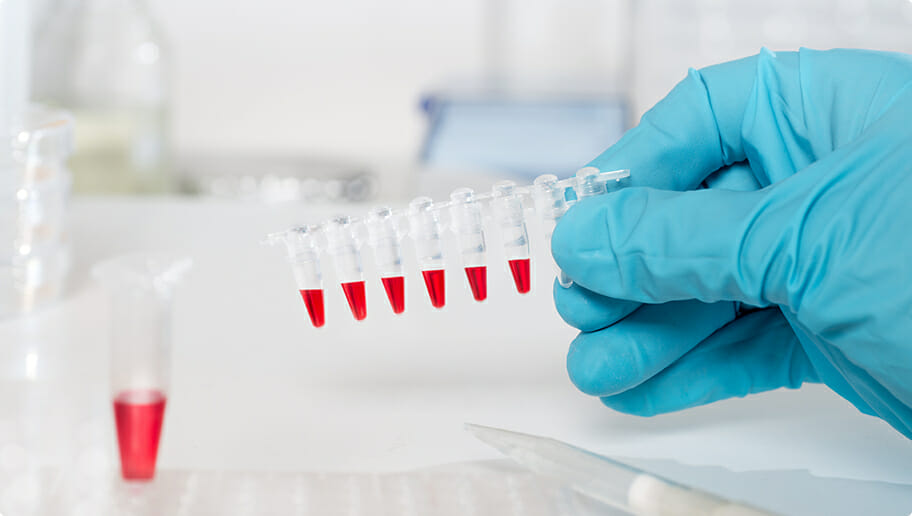Pharmacokinetics (PK) study stands as a pivotal pillar in the realm of drug development, focusing on comprehending the intricate behaviors of drugs within the human body across time. This discipline encompasses the multifaceted processes of absorption, distribution, metabolism, and excretion (ADME) of drugs, providing insights into their concentration profiles and interactions with biological systems. Researchers can decipher essential parameters through rigorous pharmacokinetic studies, including bioavailability, half-life, clearance rates, and potential drug-drug interactions. These invaluable insights are the cornerstone for crafting safe and efficient dosing regimens, optimizing therapeutic outcomes, and mitigating adverse effects. Furthermore, pharmacokinetic data are indispensable in regulatory submissions and clinical decision-making processes, steering the development and approval of novel pharmaceuticals.
Pharmaceutical companies and drug developers rely on state-of-the-art Pharmacokinetics (PK) laboratories fully equipped to accommodate a wide range of studies. They focus on a comprehensive range of services encompassing method development, validation, and sample analysis, all meticulously tailored to suit specific requirements and extensive clinical pharmacokinetics services, covering PK sample analysis, PK assay development, and PK ELISA assay. Furthermore, a facility furnished with cutting-edge instrumentation,
including PK LC-MS, ensures precise and accurate analysis.
Absorption
Absorption is vital as drugs move from the administration site to systemic circulation, determining their bioavailability. Oral drugs, for instance, pass through the small intestine and liver before reaching the bloodstream, reducing bioavailability due to metabolism. Conversely, intravenous drugs achieve 100% bioavailability instantly. The absorption of a drug is influenced by its physicochemical properties, formulation, and method of administration. Factors affecting absorption include drug properties, formulation, administration route, food/drug interactions, and patient variability.
Distribution
After absorption, drugs begin their distribution throughout the body, a process influenced by various factors, including fluid status, blood flow dynamics, and the drug’s chemical properties. The volume of distribution, a critical pharmacokinetic parameter, quantifies the drug’s distribution between tissues and the bloodstream, which is crucial for determining its half-life and dosing regimen. Protein binding, notably to albumin, plays a vital role, temporarily rendering drugs inactive while bound in the bloodstream. To exert their pharmacological effects, drugs must be free (unbound) and reach the target receptor site. Additionally, metabolism requires drugs to be unbound.
Drug developers employ radiolabeled in vivo ADME studies to comprehensively comprehend drug concentration across diverse tissues and organs over time. Additionally, permeability assays evaluate a compound’s cellular entry capacity, while drug transporter studies pinpoint proteins facilitating drug movement into (uptake) and out of (efflux) cells. Plasma protein binding (PPB) studies precisely quantify the degree of binding to plasma proteins.
Must Read: Comparative Analysis of Different Platforms for ELISA Assay Validation
Metabolism
Metabolism involves converting lipophilic compounds into hydrophilic metabolites, aiding their elimination from the body. Enzymes play a crucial role in drug metabolism, necessitating extensive studies to discover major metabolites and metabolic pathways.”
In vitro studies are conducted to validate significant contributors to drug metabolism, meeting regulatory requirements. These studies include metabolic stability assessments, predicting drug half-life, metabolite characterization across species, identifying human-specific or disproportionately higher metabolites, and reaction phenotyping studies, elucidating enzymes involved in drug metabolism. Metabolite identification, a critical component of in vivo ADME, uses LCMS or radiolabeled compounds to identify metabolites in plasma and excreta over time. These analyses are replicated during clinical trials, providing supportive data on clinically observed human metabolites.
Excretion
When drugs undergo incomplete metabolism, they are eliminated from the body through excretion, primarily via the kidneys. Impaired renal function can significantly alter a drug’s pharmacokinetics, mainly if it relies on renal excretion. This impairment may lead to reduced drug or metabolite excretion, potentially resulting in drug accumulation and toxicity. In vivo excretion studies help identify excretion routes and characterize drug clearance, monitoring exposure in plasma and other compartments. These studies often utilize radiolabeled compounds to determine a drug’s excretion pathway and rate.
PK studies are crucial for early drug development, providing vital insights into ADME properties and factors like food and drug interactions. They guide further studies and aid in determining proper dosing for clinical use. Collecting PK data early and later in development helps assess variability in drug exposures, ensuring safety and efficacy. Moreover, the expertise of bioanalytical labs should help extend beyond conventional assays to encompass cell cytotoxicity assays and multiplex assay services, presenting a holistic approach to bioanalytical research. Whether you seek support for pharmacokinetics studies or require biomarker assays, bioanalytical laboratories stand as trusted partners, delivering high-quality, dependable data to meet drug development needs.

